Guatemala’s Proyectos Ultravioleta gallery offers new models for the art market
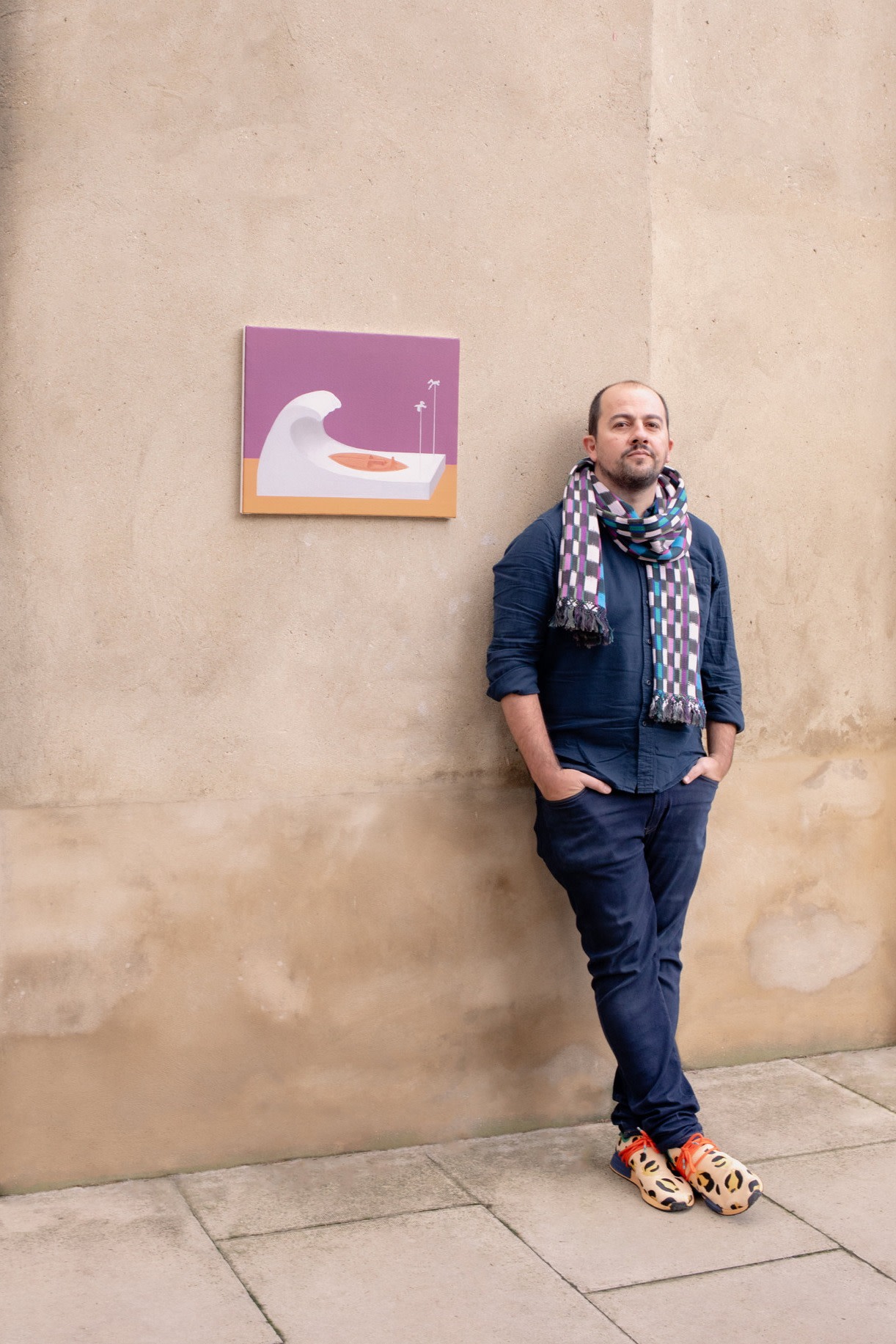
Roula Khalaf, Editor of the FT, selects her favourite stories in this weekly newsletter.
The reputation of Proyectos Ultravioleta in the international art world far outstrips the number of people who have actually set foot in the gallery in Guatemala City.
“We’re committed to doing shows that really resonate with a local scene and often the work is not for sale and, more often than not, even if it is for sale, nobody buys it,” says director Stefan Benchoam, 40, of the space, its home a tiled warehouse in the shadow of the country’s national stadium. “There’s not a lot of collectors within Guatemala.”
Instead, this local programme is funded by a prodigious schedule of international art fairs, including the upcoming Art Basel Miami Beach, with booths that have won prizes and recognition. “We came to this brutal realisation that, whether we like them or not, art fairs are one of the major gathering places for all sorts of art professionals and enthusiasts, so we approach each booth as an exhibition.”

The gallery was born in 2009 out of the frustrations of a group of four artists, including Benchoam. “We realised we were becoming those bitter guys sitting among themselves complaining how they’re all sad and bummed out that we didn’t have space to show our work.” Instead, they wrote a list of their shared resources, whether it was that one owned a projector, or another could drive, and searched out premises among the gridded streets of Guatemala City’s central district. Their idea was to pay the rent by selling beer at parties after each exhibition opening. “It was a good model for maybe nine or 10 months, until the parties became too big.”
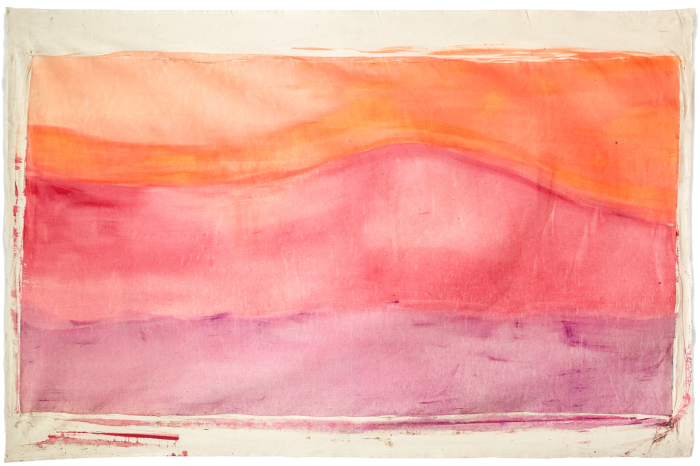
They survived for a few years longer on a grant from a Dutch foundation before, in 2012, they took part in the Artissima fair in Turin, followed by Liste in Basel. The gallery started to represent artists, including the political performance artist Regina José Galindo, Argentine conceptualist Amalia Pica and Vivian Suter, the Swiss-raised painter who has worked unrecognised in a tiny Guatemalan town but has experienced a recent boom in institutional and commercial acclaim.
Last year the gallery was accepted into the Swiss edition of Art Basel for the first time, and at Art Basel Miami Beach it will show a series of paintings by Puerto Rican artist Radamés “Juni” Figueroa. Known for playing with clichés of the Caribbean, Figueroa has painted a day in the life of two brothers who hunt caiman, crocodile-like animals which are non-native to the island and descend from a time in the 1960s when they were sold as pets. “There’s always a lot of humour in Juni’s work, but it has very strong political undertones,” Benochoam says.
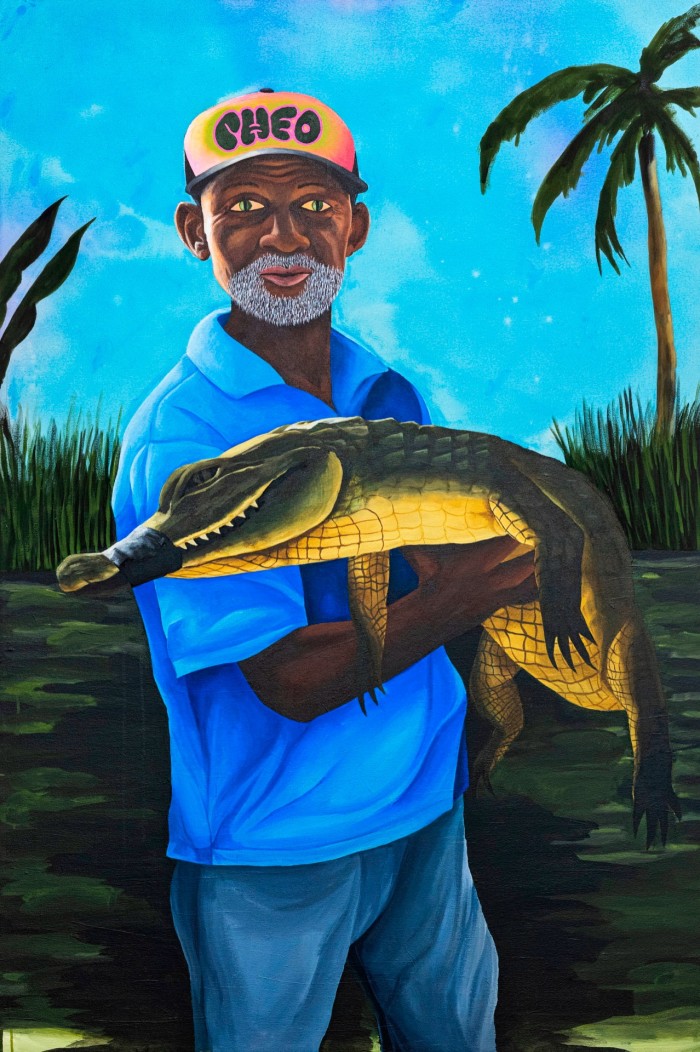
Given that the Guatemalan art scene is relatively unknown in Europe and North America, is there a novelty factor for people coming to his booth? “It goes both ways, right? I think there are people who are genuinely curious to get to know either Guatemalan artists, or a gallery that’s not from one of the usual art centres. At the same time, especially with collectors in the top echelon, there are some biases that don’t necessarily work in our favour. They want what they deem to be a safe place to invest in with work, or deal with a place they are familiar with.”
Some institutions are willing to embrace the unfamiliar. At Frieze London in 2021 the gallery showed “Ru k’ ox k’ob’el jun ojer etemab’el” (“The Echo of an Ancient Form of Knowledge”) by Edgar Calel, an Indigenous Maya Kaqchikel artist, which features two dozen rocks on which lay fruit and other offerings to ancestors. (Within the Mayan cosmology there is a belief that our ancestors, when they die, live within stones.)
“It’s really somewhere between a sculpture and a ritual,” Benchoam says. “There is an actual offering that Edgar conducts, in which he thanks them for the opportunity to tread the earth and for the wisdom and knowledge that they gave us.”
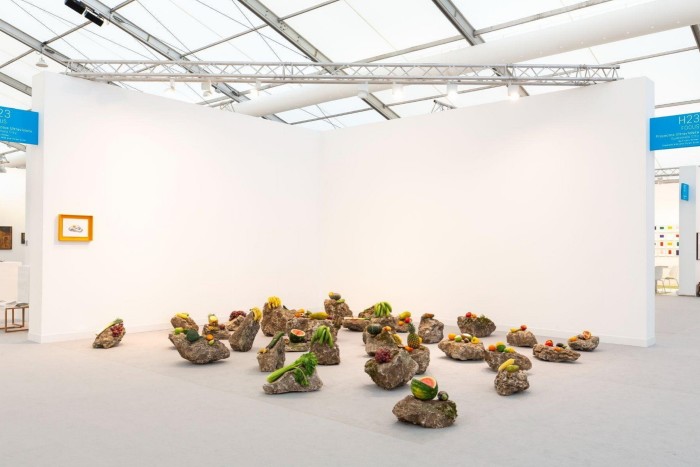
Tate showed an interest in buying his work. “We offered them some works on paper based on the piece, but the installation itself — how do we sell this? It comes from a completely different epistemology. No one person owns these sacred objects or the knowledge that goes into it. It’s not for Edgar or us to sell, it belongs to the Mayan community, handed from generation to generation.”
Tate, however, had already been discussing how to bring other Indigenous works with similar sensitivities into the collection. After protracted negotiation the gallery and institution came up with the idea of a groundbreaking custodianship deal in which Tate paid both Calel and his community of Chi Xot for the rights to show the work for 13 years. This can be renegotiated after that period, or the work will be left to disintegrate. It was praised as a major decolonial shift in the power balance between institutions and non-western artists.
Benchoam still thinks of himself as an artist, which he says helps him negotiate such tricky circumstances. But he says he hasn’t made work in years. “It’s a conceptual thing now, about how I approach the programme. I like to get as close as possible to the practice of the artists, so it’s not just the transactional relationship. The gallery is really about continuing the conversation that started it.”
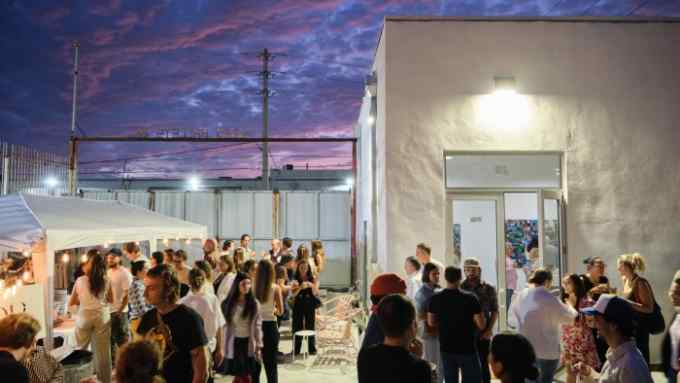
Comments